What to do old and crappy drill bits?
2024-05-08 | Blogs
What to do old and crappy drill bits
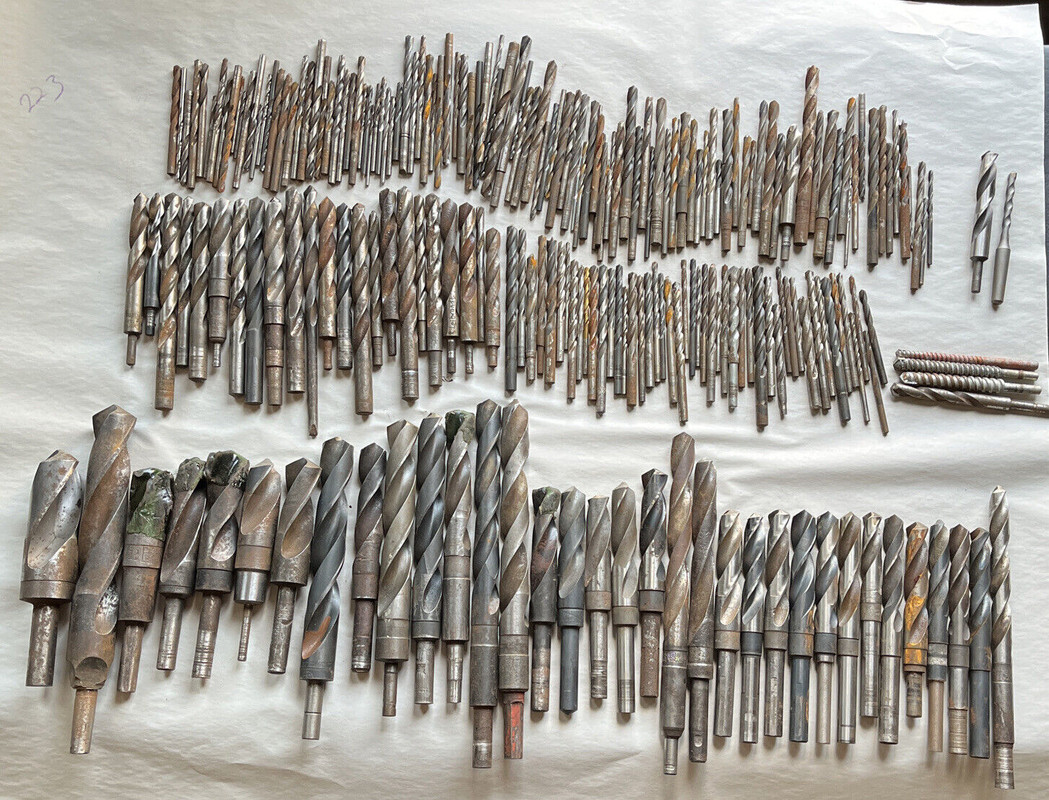
When you have old and worn-out SDS plus drill bits, there are several things you can do with them instead of simply throwing them away:
1. **Reuse for Lighter Tasks:** While they may not be suitable for heavy-duty drilling anymore, old SDS plus drill bits can still be used for lighter tasks such as drilling into softer materials like wood or plastic.
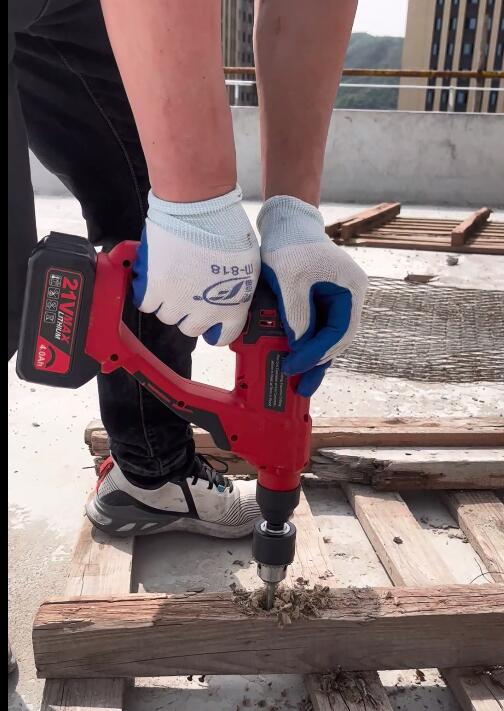
2. **Sharpening:** If the drill bits are only slightly worn, you can sharpen them to extend their lifespan. This can be done using a specialized drill bit sharpener or a bench grinder. However, be cautious not to overheat the metal during sharpening, as this can affect the hardness of the drill bit.
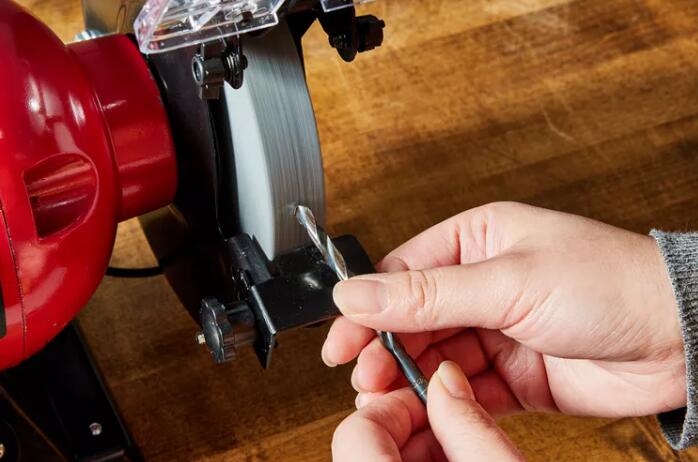
3. **Craft Projects:** Old drill bits can be repurposed for various craft projects. They can be used as sculpting tools, jewelry components, or even as decorative elements in DIY projects.
4. **Donate or Give Away:** If the drill bits are still usable, consider donating them to schools, community workshops, or hobbyists who may have a need for them. You can also give them away to friends or family members who might find them useful.
5. **Recycle:** As a last resort, if the drill bits are beyond repair or reuse, you can recycle them. Many metal recycling facilities accept drill bits for recycling, where they can be melted down and repurposed into new metal products.
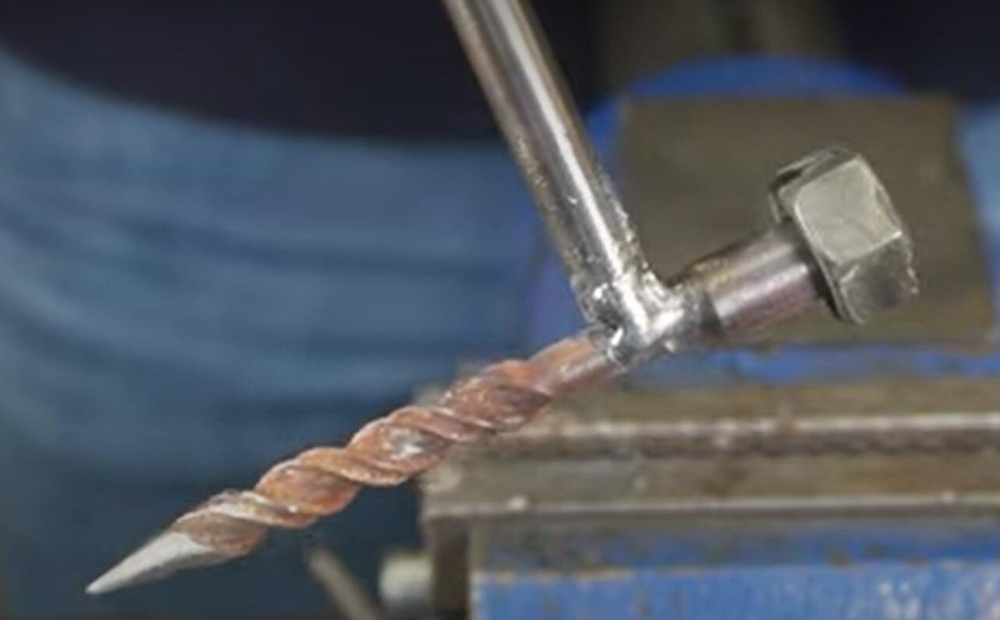
By exploring these options, you can give your old and crappy SDS plus drill bits a new lease on life and reduce waste at the same time.
And also the proper maintenance of drill bits is can definately prolong their longevity and performance. Here are some tips for maintaining drill bits:
1. **Cleaning:** After each use, clean the drill bits thoroughly to remove debris, dust, and residue. Use a brush or compressed air to clean out the flutes and ensure the cutting edges are free from buildup.
2. **Sharpening:** Regularly inspect the cutting edges of the drill bits for signs of dullness or damage. Use a drill bit sharpener or a bench grinder to sharpen the cutting edges as needed. Follow the manufacturer's guidelines for sharpening angles and techniques.
3. **Cooling:** During use, drill bits can generate heat, which can dull the cutting edges and reduce their effectiveness. To prevent overheating, use cutting fluid or lubricant to cool the drill bit and improve cutting performance.
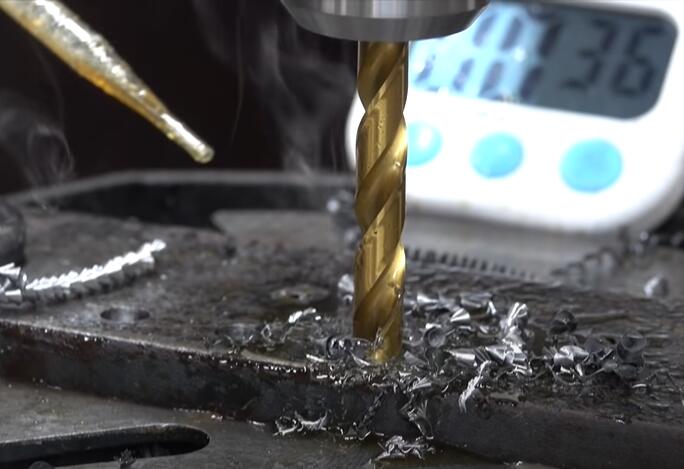
4. **Storage:** Store drill bits in a clean, dry environment to prevent rust and corrosion. Use a designated organizer or case to keep drill bits organized and protected from damage.

5. **Proper Use:** Use the correct drill bit for the material and application. Avoid excessive pressure or force when drilling, as this can cause premature wear and damage to the drill bits.
Related News
Choosing the Right Grease for Your Rotary Hammer
Rotary hammers are powerful tools designed for demanding applications in construction and masonry work. To keep these tools operating smoothly and efficiently, proper lubrication is crucial. One essential component for maintenance is the choice of grease.
What are safety rules when using a rotary hammer?
Using a rotary hammer involves handling a powerful tool that can be potentially hazardous if not used correctly. Adhering to safety rules is crucial to prevent accidents and ensure a safe working environment. Here are important safety rules when using a rotary hammer:
Unlocking the Power: What Are Rotary Hammer Drills Used For?
Rotary hammer drills have become indispensable tools in various industries and DIY projects, thanks to their versatile nature and robust capabilities. Let's delve into the details of what makes these tools so unique and the wide range of applications they serve.





